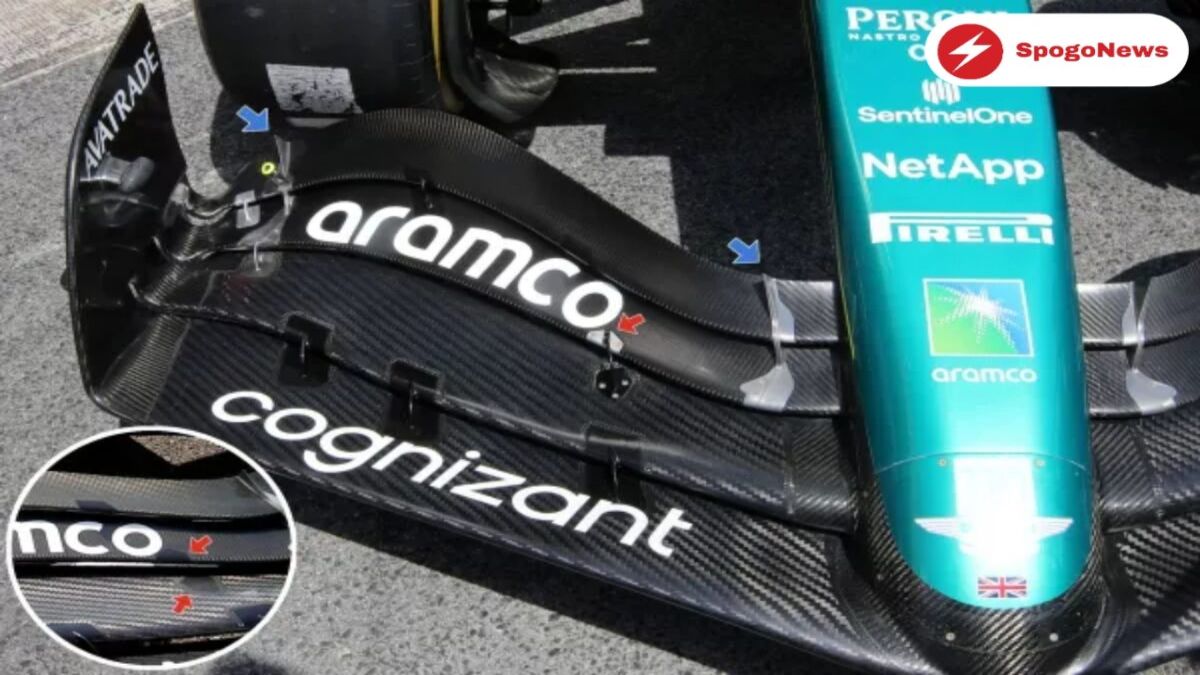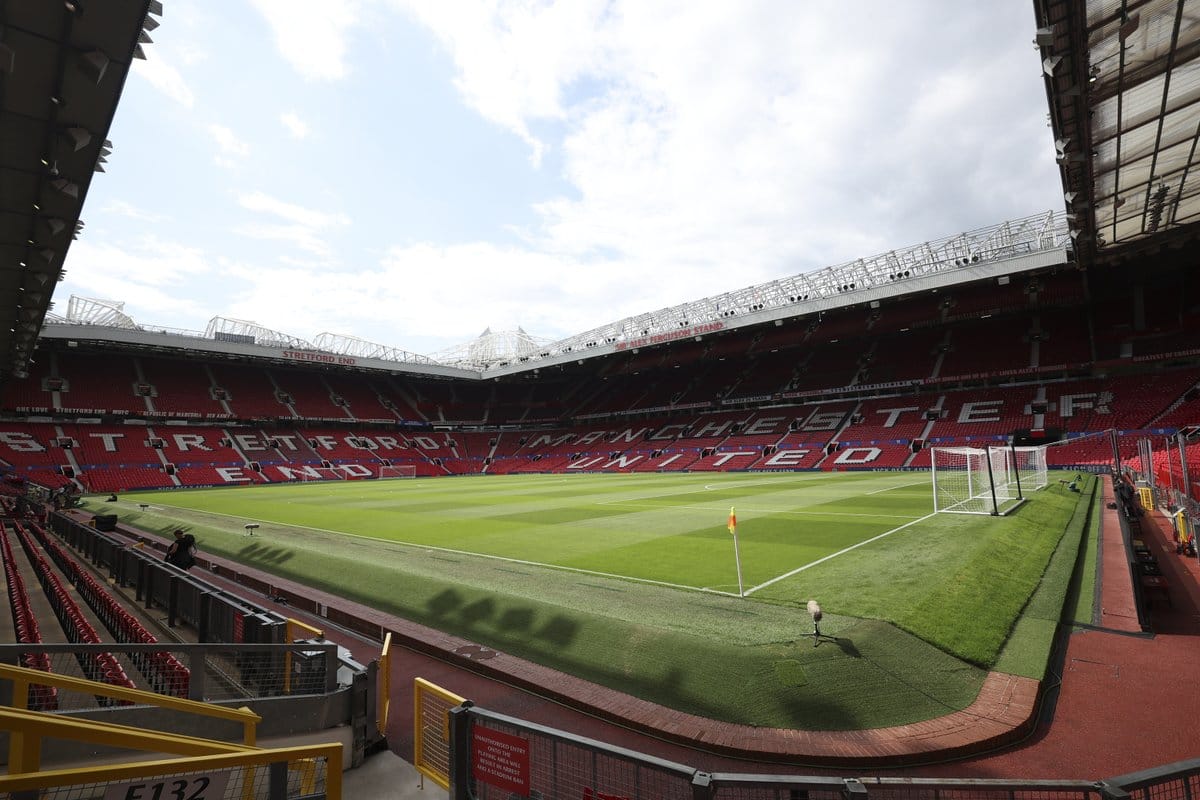(Motorsports news) Aston Martin even came near to winning the Monaco Grand Prix thanks to Fernando Alonso, who helped add some interest to the early races by surprising everyone by challenging Red Bull. However, things got a little more challenging after an incredible six podium finishes out of the first eight races, including seconds in Monaco and Canada.
Since the Austrian Grand Prix, Aston Martin’s Fernando Alonso’s best finishes have been fifth, and behind Red Bull, the podium spots have gone to McLaren, Mercedes, and Ferrari. There is a lot of mystery behind the change in performance, and Alonso himself has hinted that it might be related to the new tyre design Pirelli started using after the British GP.
Senior management at Aston Martin, however, rejected this notion and indicated that the issue was more likely caused by an upgrade package that the company unveiled during the Canadian Grand Prix, which set off certain characteristic modifications that the team was slow to address.
These “side effects,” as team principal Mike Krack recently put it, were not apparent in Montreal due to the Circuit Gilles Villeneuve’s low downforce/drag characteristics, but they did become more apparent when greater load was needed at the future races. Tom McCullough, a performance director, outlined how adding base performance is something you always aim to do, but it’s extremely rare to be able to do so without a characteristic change. Therefore, there is always something you are striving to comprehend.
The team felt it had reached a turning point in its understanding of the car after a more positive performance in Belgium, where Alonso finished in fifth place, and could now look forward to a better second half of the season. According to what we have seen thus far, the data is promising, Krack added. “We appeared to be more aggressive than in the past.”
A flexi-wing explanation?
Rivals in the paddock, though, contend that there may be a more intriguing explanation for why Aston Martin’s performance improved, one that has to do with a slight FIA clampdown on flexi-wings. The motor racing industry’s regulatory body has been closely monitoring the design of front wings this year to make sure that teams aren’t employing cunning strategies to gain an advantage over flexible components.
The FIA and teams are aware that a significant amount of performance may be released if a team can build a front wing that is robust enough when stationary to pass the pull-down tests conducted in the garage but can flex down in a controlled manner at speed out on track. Since wings cannot be made completely stiff, this has been a point of contention between teams and the FIA that has persisted throughout time.
The FIA is said to have increased its analysis of several designs earlier this season and raised some concern about the structure of a number of front wings, which it believed might be flexing more than was necessary. Any design that allowed the wings to flex at speed may have been ruled to be in violation of Article 3.2.2 of the Technical Regulations, even though the wings passed the pull-down tests that check for flexibility and there were never any claims that teams were driving unlawful vehicles.
Front wing concept shift:
Although the precise modifications that Aston Martin had to make are unknown, a close look at its front wing suggests that they were made around the time of the FIA crackdown. The current generation of wings, as seen in the figure above, creates two vortex patterns from the metal flap adjustment strakes blue arrows. The inboard one of these produces a vortex that is comparable to the Y250 from the previous generation of wings but probably not nearly as strong.
Some teams have utilized a third bracket with a pivot, and Aston Martin used one of them on its front wings in Bahrain, Australia (red arrow), and Saudi Arabia on and off the car. But after going missing in Baku and Miami, it reappeared in Monaco and hasn’t been raced since. The wing it presently utilizes (see inset image) clearly shows the location where this component was originally installed.
As Alpine, Ferrari, Red Bull, and McLaren have all utilized their own variations, this third bracket itself is not prohibited. It’s entirely possible that its absence from the Aston Martin at this time is just a coincidence, but it’s also possible that Aston Martin used it to help control how the front wing behaved both loaded and unloaded.
Also read: Despite Red Bull’s advantage, Hamilton defends Mercedes F1 improvement since Monaco














